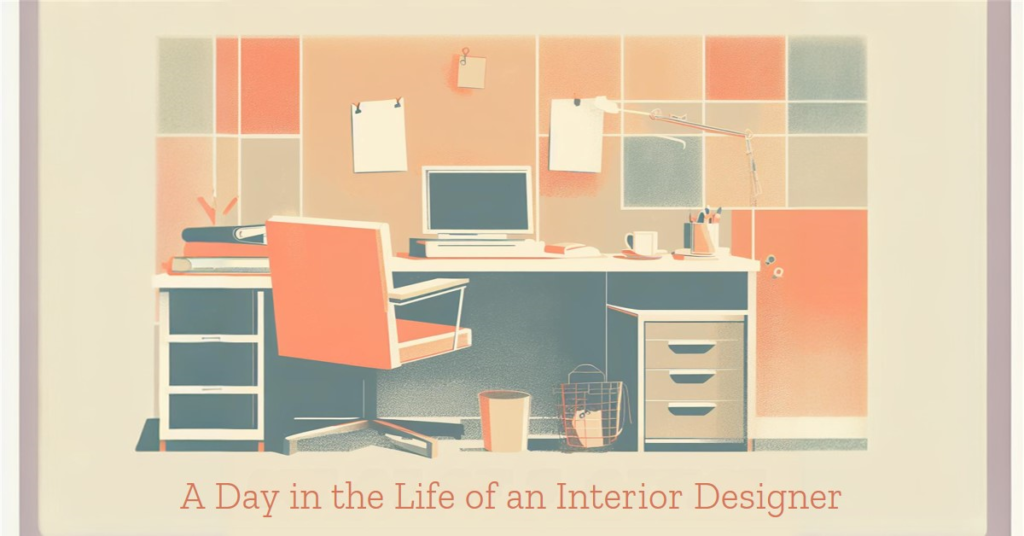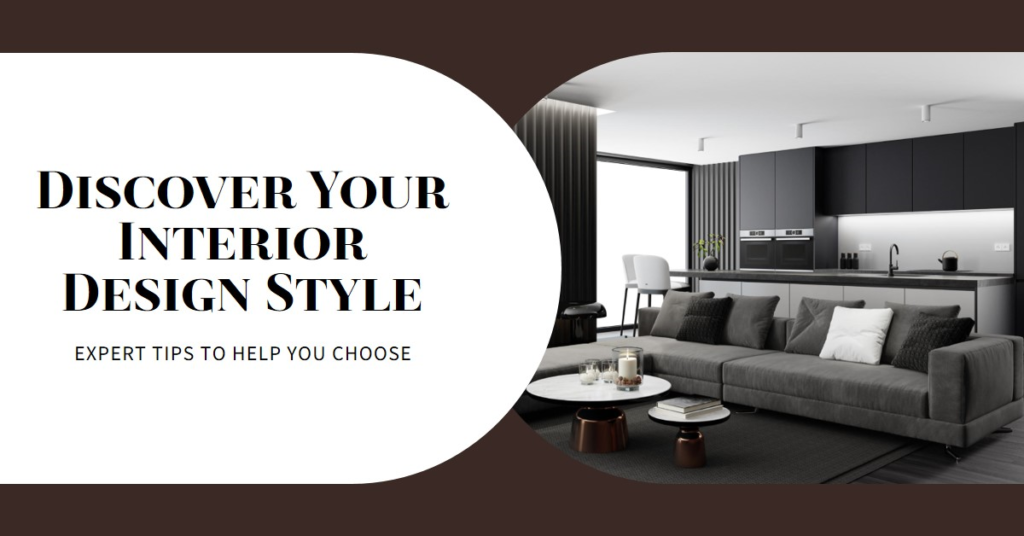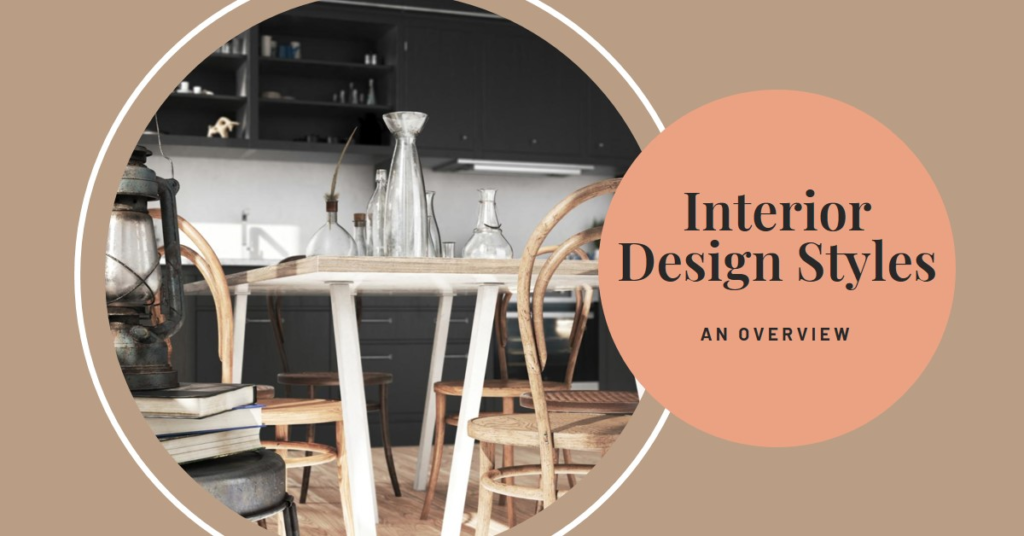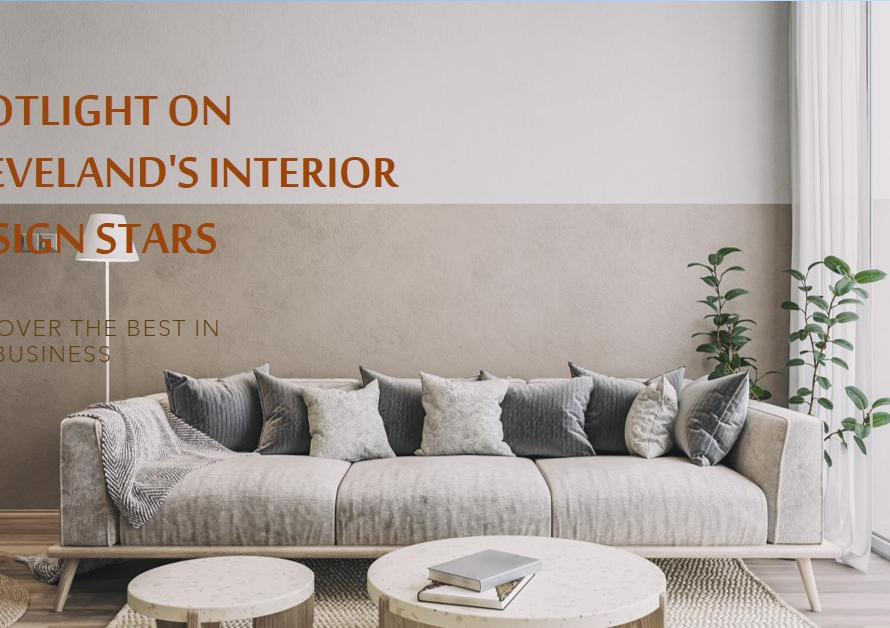
Table of Contents
- Introduction: Setting the Scene
- Morning Routine: Crafting Inspiration
- Client Consultations: Building Relationships
- Concept Development: Bringing Ideas to Life
- Site Visits: Ensuring Precision
- Material Selection: The Devil is in the Details
- Creative Collaboration: Teamwork Makes the Dream Work
- Problem Solving: Overcoming Challenges
- Client Presentations: Showcasing the Vision
- Project Management: Turning Plans into Reality
- Conclusion: Reflecting on the Day
Introduction: Setting the Scene
The world of interior design is as dynamic and diverse as the spaces it transforms. From the initial spark of creativity to the meticulous execution of design plans, interior designers lead multifaceted lives. Their days are filled with client consultations, site visits, material selection, and a host of other activities that ensure their projects come to life in spectacular fashion.
Morning Routine: Crafting Inspiration
Every successful day begins with a well-structured morning. For an interior designer, mornings are often the calm before the creative storm. Designers typically start their day by reviewing their agenda, prioritizing tasks, and setting clear objectives. This quiet time allows them to gather their thoughts and prepare mentally for the challenges ahead.
In addition, many designers use their mornings to find inspiration. Whether it’s through flipping through design magazines, browsing online galleries, or visiting art exhibitions, these early hours are crucial for sparking creativity. This ritual not only fuels their imagination but also keeps them abreast of the latest trends and innovations in the design world.
Client Consultations: Building Relationships
Client consultations are at the heart of an interior designer’s day. These meetings are pivotal as they lay the foundation for understanding the client’s vision, preferences, and requirements. A designer must be an excellent listener, capable of interpreting the client’s desires and translating them into actionable design concepts.
During these consultations, designers often present initial ideas, mood boards, and sketches. They discuss budget constraints, timelines, and any specific needs the client might have. These conversations are not just about design; they are about building trust and establishing a collaborative relationship that will last throughout the project.
Concept Development: Bringing Ideas to Life
After gathering insights from client consultations, the next step is concept development. This phase involves transforming abstract ideas into tangible design plans. Interior designers spend a significant portion of their day sketching layouts, selecting color palettes, and choosing materials that align with the client’s vision.
Designers often use software tools like AutoCAD, SketchUp, or Revit to create detailed floor plans and 3D renderings. These digital tools are indispensable as they allow designers to experiment with different layouts and visual elements before committing to a final design. This stage is both creative and technical, requiring a blend of artistry and precision.
Site Visits: Ensuring Precision
Site visits are a critical part of an interior designer’s daily routine. These visits allow designers to measure spaces, assess structural elements, and get a real sense of the environment they will be transforming. It’s during these on-site evaluations that designers can spot potential issues or opportunities that might not be evident in plans and drawings.
Moreover, site visits are essential for coordinating with contractors, electricians, and other tradespeople. Effective communication with these professionals ensures that everyone is on the same page and that the project progresses smoothly. This hands-on approach helps to maintain the integrity of the design and ensures that the final outcome meets the designer’s high standards.
Material Selection: The Devil is in the Details
Selecting the right materials is a meticulous process that can make or break a design. Interior designers dedicate a significant amount of time to sourcing fabrics, finishes, furniture, and fixtures that align with their design concept. They visit showrooms, meet with suppliers, and review samples to ensure that every element is perfect.
Attention to detail is paramount during this phase. Designers must consider the durability, texture, color, and overall aesthetic of each material. They also need to keep the client’s budget in mind, balancing luxury with affordability. The right choices can elevate a space, making it both functional and beautiful.


Creative Collaboration: Teamwork Makes the Dream Work
Interior design is rarely a solo endeavor. Successful projects often require collaboration with a team of architects, graphic designers, and other specialists. Designers spend a considerable part of their day in brainstorming sessions, where they exchange ideas, provide feedback, and refine their concepts.
These collaborative efforts are crucial for integrating different perspectives and expertise into the project. Regular team meetings ensure that everyone is aligned and working towards the same goal. This synergy not only enhances the quality of the design but also fosters a sense of camaraderie and shared purpose.
Problem Solving: Overcoming Challenges
No day in the life of an interior designer is without its challenges. Whether it’s dealing with unexpected structural issues, budget overruns, or changes in client preferences, designers must be adept problem solvers. They need to think on their feet and come up with creative solutions that keep the project on track.
This problem-solving aspect of their job requires a mix of creativity, technical knowledge, and diplomacy. Designers must negotiate with contractors, reassure clients, and sometimes rework entire sections of their plans. The ability to remain calm and composed under pressure is a valuable trait in this profession.
Client Presentations: Showcasing the Vision
Once the design concept is fully developed, it’s time to present it to the client. These presentations are a culmination of days, if not weeks, of hard work. Designers use mood boards, digital renderings, and physical samples to convey their vision. The goal is to impress the client and gain their approval to proceed with the implementation phase.
Effective presentations require excellent communication skills. Designers must articulate their ideas clearly, explaining the rationale behind their choices and how the design meets the client’s needs. This is a critical moment where enthusiasm and confidence can make a significant impact.
Project Management: Turning Plans into Reality
With the client’s approval, the project moves into the implementation phase. Interior designers transition from planning to managing the execution of their designs. This involves coordinating with contractors, scheduling work, and ensuring that everything progresses according to plan.
Project management is a demanding aspect of interior design. Designers must oversee the construction process, handle logistics, and address any issues that arise on-site. Regular check-ins and updates with the client keep them informed and involved, ensuring that the project stays aligned with their expectations.
Conclusion: Reflecting on the Day
As the day winds down, interior designers take time to reflect on their accomplishments and plan for the next day. They review their progress, address any unresolved issues, and prepare for upcoming tasks. This end-of-day routine helps them stay organized and maintain a clear focus on their goals.
The life of an interior designer is a blend of creativity, technical skill, and strategic planning. Each day brings new challenges and opportunities to create beautiful, functional spaces. Through their dedication and passion, interior designers make a lasting impact on the environments they touch, transforming ordinary spaces into extraordinary experiences.


